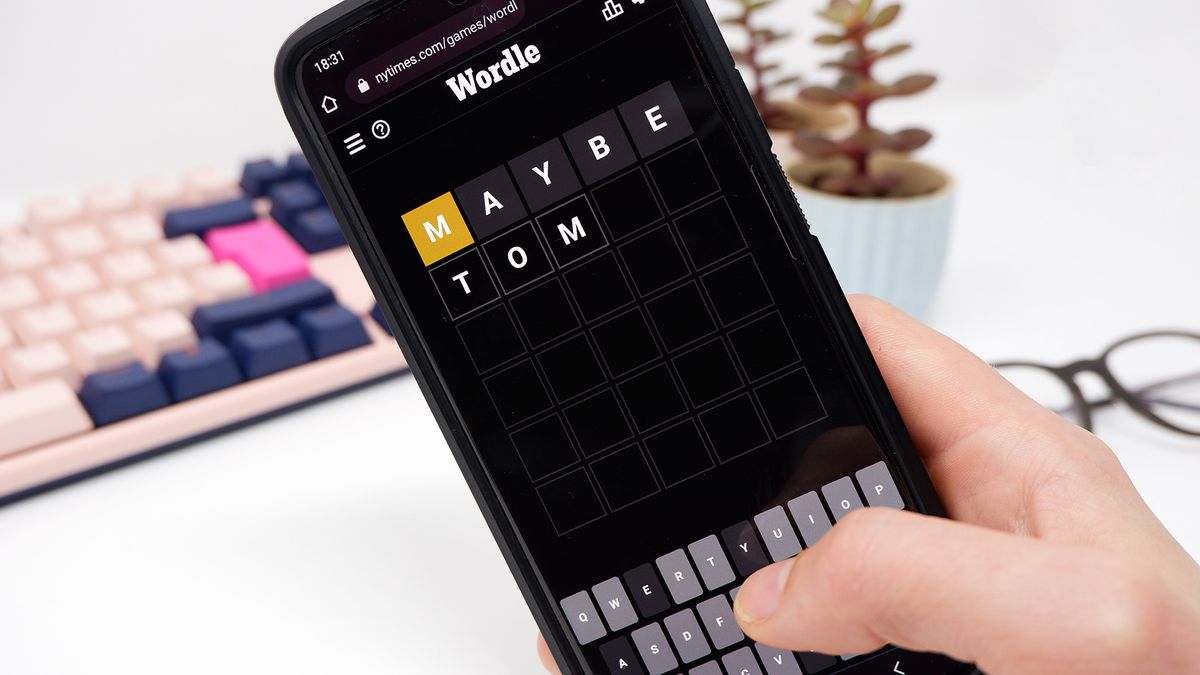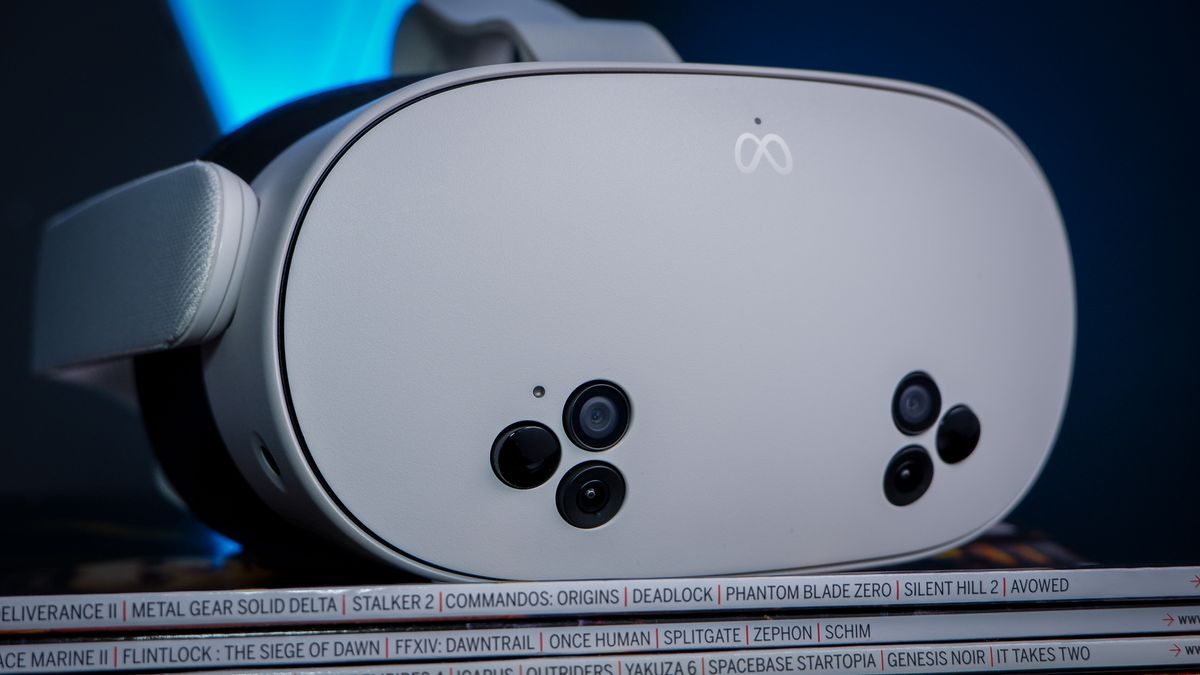The best players of Deadlock have jumped the turnstile and started organizing their own competitive scene, and I think you should join me in my jealousy of their improvised format.
It’s been just over a month since Valve added a ranked mode—and just a few days since ranked became the only mode in Deadlock. The change has encouraged somewhat more serious Deadlock play, and it's great to have a way to track progress and flex competitive muscles. However, there are frustrating hurdles to taking Deadlock more seriously if you, like most players, aren't queuing up with a full stack of friends every night: Deadlock could really use a pre-game phase, and the pros agree.
Quick background: Most MOBAs, including Valve's own Dota 2, have a phase before the actual match where players take turns picking and banning heroes. This three minute window is typically used to figure out your team's game plan—assigning lanes, picking complementary heroes, etc. Deadlock, in a likely intentional decision to excise some complexity and downtime from the genre, has no real pre-game phase. There's no pick and ban (you just pick a few preferred heroes before matchmaking) and, as far as planning goes, you only get a few seconds on a rooftop before you’re speeding off to randomly assigned lanes.
Valve's calculated trimmings reduce the time between menus and playtime, but they don't gel with Deadlock's burgeoning competitive scene. With Deadlock in residence at the corner of MOBA street and hero shooter avenue, planning and tactics aren’t just a moment-to-moment concern, but a key part of building your team strategy before the game starts.
Instead of waiting for Valve to implement these core competitive systems in Deadlock, a grassroots movement of skilled players has taken it upon themselves to create their own competitive format. The most popular so far is Deadlock Fight Night: a weekly invite-only king-of-the-hill style tournament where the current reigning champions return to defend their title each week. With excellent casters and slick graphics, it’s a glimpse at a possible future of organized Deadlock as an esport, but more importantly: Deadlock Fight Night coordinates a pick and ban phase before every game. Organized by the tournament, the phase follows MOBA tradition, giving each team a single hero ban and then letting them trade off on picks—all done manually.
Deadlock Fight Night #7 - YouTube

A pick/ban phase feels like a missing component for Deadlock, and it’s no surprise that the budding pro scene has homed in on it.
Each pre-game in Deadlock Fight Night is its own strategic tug-of-war, something I sorely miss each time I queue myself. Getting the opportunity to see that my opponents are bringing a Bebop so that I can suggest we pick a Viscous is both invaluable and a huge part of the strategic acumen that sucks me into MOBAs. Likewise, the opportunity to build my lane and team composition to function well together is totally lacking in Deadlock, as I’m just tossed into a team and lane automatically.
If I’m not with friends to dial in the team compositions we want or get the best duo lane before going to queue, there’s no chance to coordinate at all, and I’m stuck out on the curb in the Cursed Apple futilely trying to assemble a competitive matchup out of pure randomness.
The most frustrating games I’ve played have been ones where I felt like I was sabotaged from the start. It's just too common that myself and my five teammates all enter the match with our own notions of strategy that don't align even a little. Random team comps assembled by Valve regularly have glaring issues like a lack of late-game damage, few crowd control abilities, or no clear way to initiate fights. You can play or build around these issues of course (some chosen team compositions accept them knowingly), but having to adapt should be a last resort, or something I opt into. If I’ve made a mistake in picking my team composition, or if I’ve knowingly accepted a weakness and then have to adapt, I had agency in the choices that led to my situation. Deadlock's queue in its current state feels like driving an automatic when I’m used to a manual.
All three of the biggest facets of a pick/ban phase feel like missing components for Deadlock, and it’s no surprise that the budding pro scene has homed in on them. Seeing the battle of wills between top players, watching them adapt to an unexpected enemy pick or form their strategy around a key ban is the tense balancing act I crave. While I expect to have a lot less coordination and a lot more chaos when I queue with less than a full team, I still want more strategic freedom, and it’s just not there.
While we're still working with a very early version of Deadlock, and Valve likely has more updates to come to matchmaking, I am still left pining for the illusory ‘ghost of Christmas future’ version of the game I’ve seen.

 4 weeks ago
49
4 weeks ago
49







![Anime Reborn Units Tier List [RELEASE] (November 2024)](https://www.destructoid.com/wp-content/uploads/2024/11/anime-reborn-units-tier-list.jpg)

